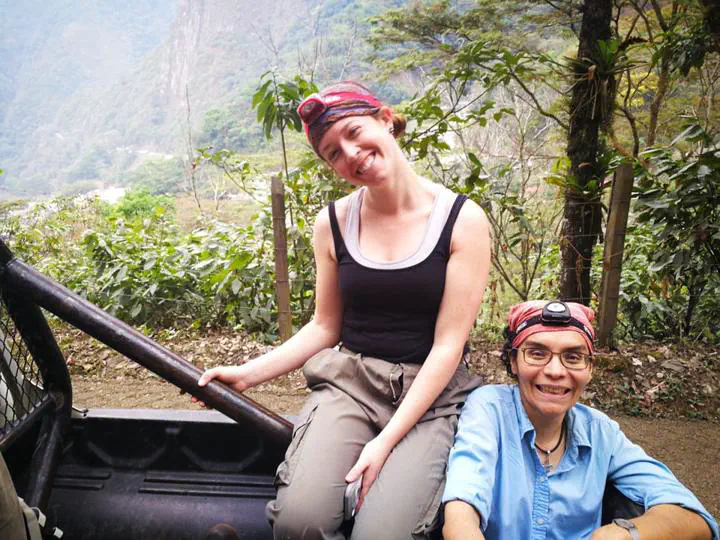Tissue Collection of Bats for-Omics Analyses and Primary Cell Culture
 Image by L.R. Yohe
Image by L.R. Yohe
Abstract
As high-throughput sequencing technologies advance, standardized methods for high quality tissue acquisition and preservation allow for the extension of these methods to non-model organisms. A series of protocols to optimize tissue collection from bats has been developed for a series of high-throughput sequencing approaches. Outlined here are protocols for the capture of bats, desired demographics to be collected for each bat, and optimized methods to minimize stress on a bat during tissue collection. Specifically outlined are methods for collecting and treating tissue to obtain (i) DNA for high molecular weight genomic analyses, (ii) RNA for tissue-specific transcriptomes, and (iii) proteins for proteomic-level analyses. Lastly, also outlined is a method to avoid lethal sampling by creating viable primary cell cultures from wing clips. A central motivation of these methods is to maximize the amount of potential molecular and morphological data for each bat and suggest optimal ways to preserve tissues so they retain their value as new methods develop in the future. This standardization has become particularly important as initiatives to sequence chromosome-level, error-free genomes of species across the world have emerged, in which multiple scientific parties are spearheading the sequencing of different taxonomic groups. The protocols outlined herein define the ideal tissue collection and tissue preservation methods for Bat1K, the consortium that is sequencing the genomes of every species of bat.